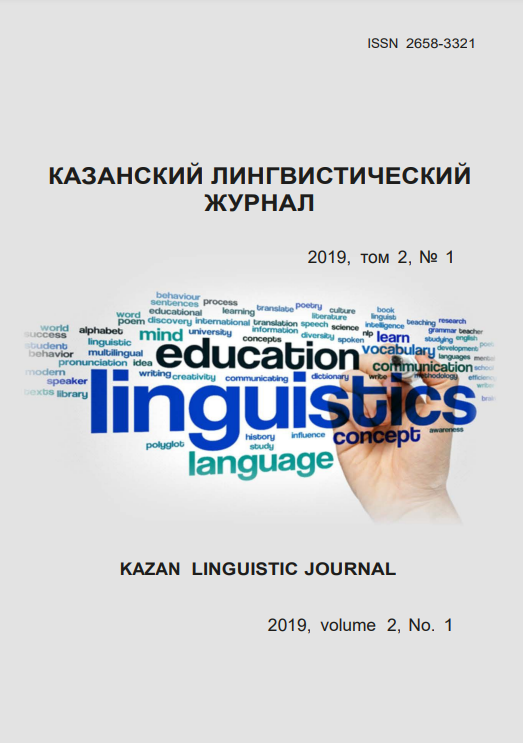Chinese characters in Korean language
Keywords:
hieroglyphics, Wenyan, Hunmun, Korean language, traditional hieroglyphicsAbstract
Chinese hieroglyphics is an integral part of East Asian countries culture. The use of Chinese characters is associated: firstly, with constant interaction with China, secondly, with the lack of its own national script. The penetration of hieroglyphs into Korea is associated with the fall of the state of Ancient Joseon. The literary Chinese or Wenyan, in the Korean version Hunmun, was used by the educated part of Koreans. Chinese characters were used in writing, but Koreans still spoke in Korean. All of which led to the fact that over time Chinese written language became an integral part of not only Korean, but Korean culture as well. The peculiarity of the hieroglyphics of the Korean language is that the hieroglyphs have not undergone reforms and have not taken a simplified form. This means that the traditional hieroglyphs are used to this day. According to the method of derivation, hieroglyphs can be divided into the following types: pictographic, index hieroglyphs, ideographic, phonographic, borrowings, and hieroglyphs with altered meaning. There are also such variants of hieroglyphs as abbreviations, vulgarisms, and various types of writing, that is, different outlines of hieroglyphs coexisting in the same writing style.
References
Литература
Болтач Ю.В. Ханмун: Вводный курс. СПб.: Гиперион, 2013. 336 с.
Изиань. Стела Квангэтхо-вана. Гробница Квангэтхо-вана. Гробница Чансу-вана // URL: Режим доступа: https://atsman.livejournal.com/1367136.html (дата обращения: 23.12.2018 ).
Когай Ю.П. Корейская иероглифика. [Б. м.]: [Б. и.], 2014. 447 с.
Ли Ланьи, Валиева Ю. Ю., Аликберова А. Р. Китайские иероглифы в корейском языке: учебное пособие. К.: ФЭН, 2017. 142 с.
Новикова Т. А., Пакулова Я. Е. Китайские иероглифы в корейском языке. М.: Муравей, 2011. 131 с.
References
Boltach, YU.V. (2013). Hanmun: Vvodnyj kurs [Hanmun: training course]. St. Petersburg, Giperion. 336 p. (In Russian)
Izian. Stela Kvangehtho-vana. Grobnica Kvangehtho-vana. Grobnica Chansu-vana [Izian'. Stele of Kvangehtho king. Tomb of Kvangehtho king. Tomb of Chansu king] // URL: Rezhim dostupa: https://atsman.livejournal.com/1367136.html (accessed: 23.12.2018 ). (In Russian)
Kogaj, YU.P. (2014). Korejskaya ieroglifika [Korean hieroglyphics]. 447 p. (In Russian)
Li, Lani, Valieva, YU.YU., Alikberova, A.R. (2017). Kitajskie ieroglify v korejskom yazyke: uchebnoe posobie [Chinese characters in Korean language]. Kazan, FEN. 142 p. (InRussian)
Novikova, T.A., Pakulova, YA.E. (2011). Kitajskie ieroglify v korejskom yazyke [Chinese characters in Korean language]. Moscow, Muravej. 131 p. (In Russian)






